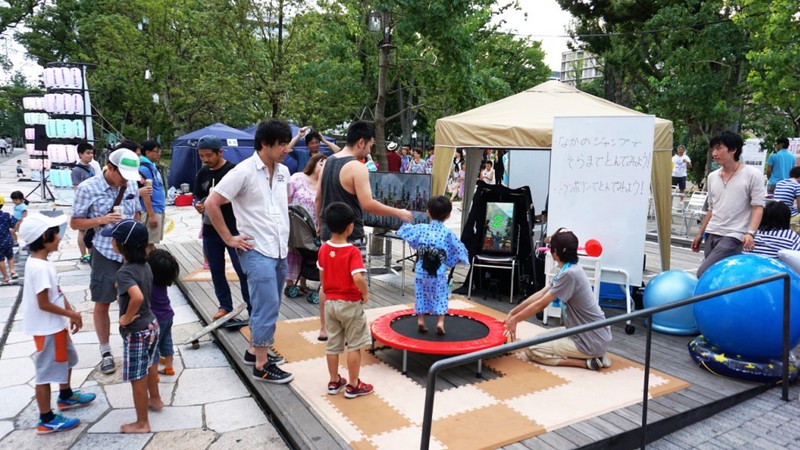This system motivates people who are experiencing trampoline exercise for the first time to enjoy trampoline exercise more actively through self-photography. It aims to demonstrate that working on people’s desire for expression and eliciting their creativity will encourage active participation.
Such mechanisms can be applied to various events and attractions as well as exercise therapy for rehabilitation and health maintenance.

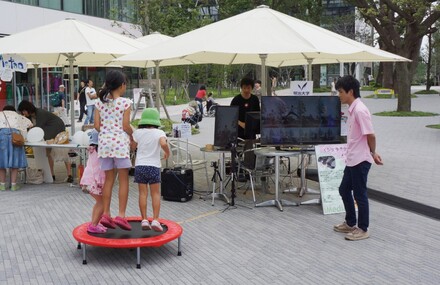
Mechanism
This system automatically photographs users while jumping on a trampoline. Sensors installed on the trampoline measure the timing of jumps, estimate the moment of poses in the air, and capture photographs. The captured photos are displayed on a large screen, allowing everyone to compare their jump photos.
Examples

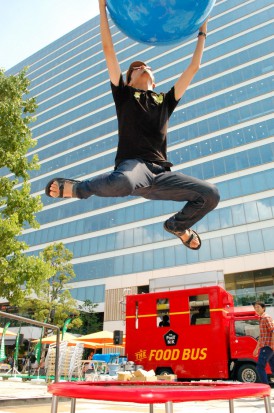
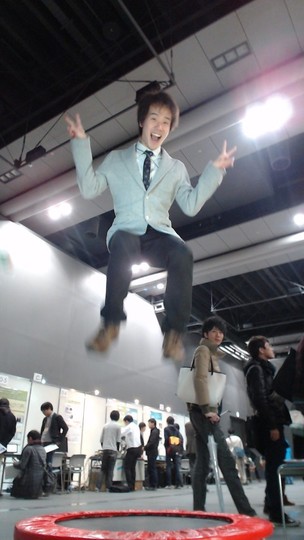
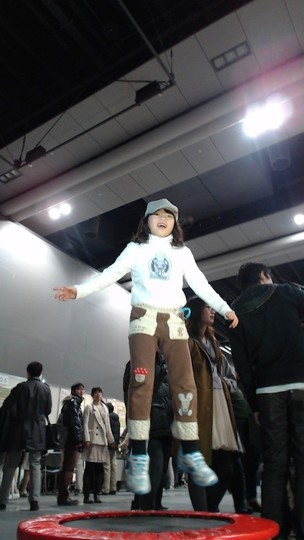
Acknowledgments
This research was supported by JSPS KAKENHI Grant Number 26730106 and research funding from NAKED Inc.

